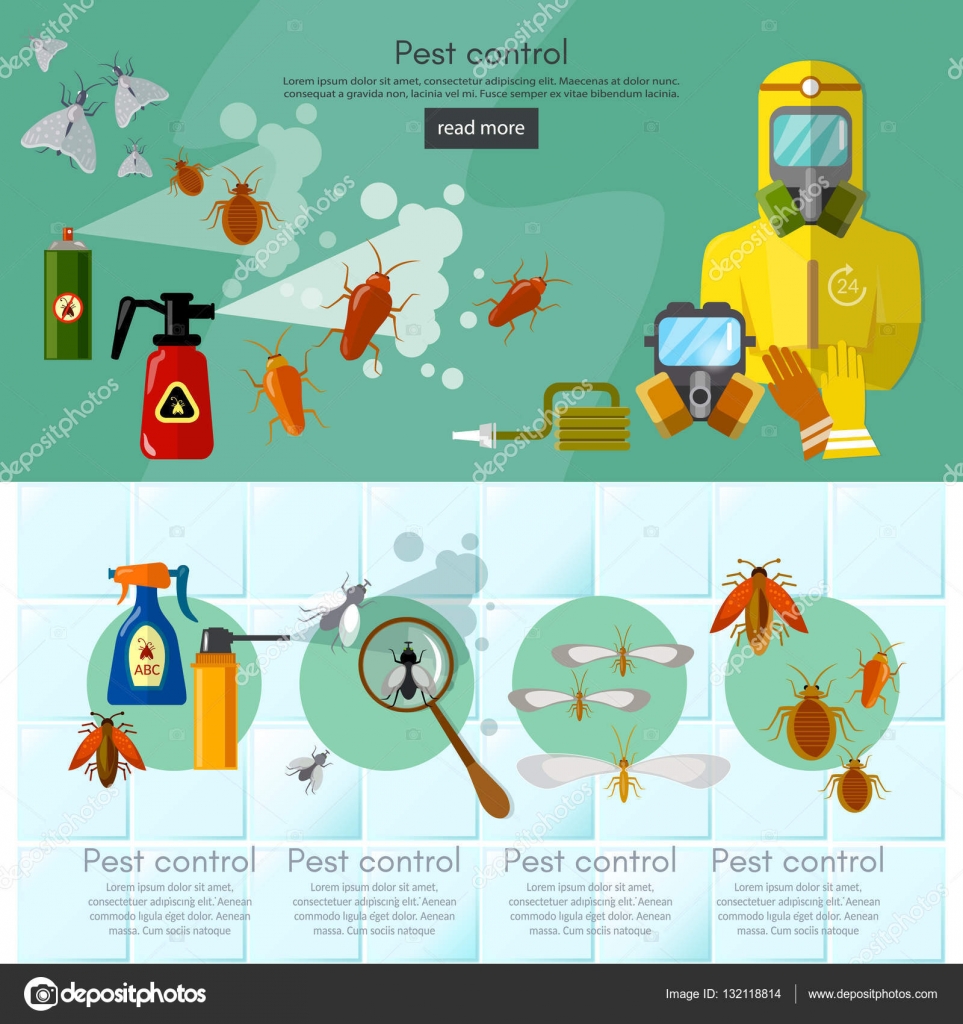Rodent-Proofing Your Attic: Essential Tips For Homeowners
Rodent-Proofing Your Attic: Essential Tips For Homeowners
Blog Article
Material By-Britt Cheek
Picture your attic room as a cozy Airbnb for rats, with insulation as fluffy as resort pillows and circuitry a lot more enticing than room solution. Now, envision these unwanted guests throwing a wild event in your home while you're away. As a homeowner, ensuring your attic is rodent-proof is not just about peace of mind; it has to do with shielding your residential property and loved ones. So, what easy actions can you take to protect your haven from these fuzzy intruders?
Examine for Entrance Information
To start rodent-proofing your attic room, check for access factors. Start by very carefully checking out the outside of your home, searching for any type of openings that rodents could utilize to access to your attic. Check for gaps around energy lines, vents, and pipelines, along with any kind of fractures or holes in the foundation or exterior siding. See to it to pay attention to locations where various building products fulfill, as these are common access factors for rats.
In addition, inspect the roofing system for any kind of harmed or missing tiles, in addition to any spaces around the sides where rodents can squeeze via. Inside the attic room, search for indicators of existing rodent task such as droppings, chewed wires, or nesting products. Use a flashlight to completely check dark edges and surprise rooms.
Seal Cracks and Gaps
Inspect your attic room extensively for any kind of cracks and spaces that require to be sealed to avoid rodents from entering. Rats can press via even the tiniest openings, so it's vital to secure any type of prospective access points. Examine around pipelines, vents, cables, and where the walls fulfill the roof. Make use of a mix of steel woollen and caulking to seal these openings efficiently. https://www.usgs.gov/centers/nwhc is an excellent deterrent as rodents can not chew with it. Ensure that all spaces are securely sealed to refute accessibility to unwanted pests.
Don't overlook the relevance of securing gaps around doors and windows also. Usage weather stripping or door sweeps to seal these locations effectively. Check honey bee removal where utility lines go into the attic and secure them off using an ideal sealer. By putting in the time to secure all splits and gaps in your attic room, you develop an obstacle that rodents will certainly locate challenging to breach. Avoidance is key in rodent-proofing your attic room, so be complete in your initiatives to seal any type of prospective access factors.
Eliminate Food Sources
Take aggressive measures to get rid of or save all possible food sources in your attic to hinder rats from infesting the area. Rodents are attracted to food, so eliminating their food resources is crucial in keeping them out of your attic room.
Below's what you can do:
1. ** Shop food safely **: Prevent leaving any type of food items in the attic room. Store all food in impermeable containers made of metal or durable plastic to avoid rats from accessing them.
2. ** Tidy up debris **: Remove any heaps of particles, such as old newspapers, cardboard boxes, or timber scraps, that rodents can utilize as nesting material or food sources. Maintain the attic clutter-free to make it less attractive to rats.
3. ** Dispose of rubbish properly **: If you utilize your attic for storage space and have waste or waste up there, ensure to dispose of it consistently and appropriately. Rotting trash bin draw in rodents, so maintain the attic tidy and without any organic waste.
Final thought
In conclusion, remember that an ounce of avoidance is worth a pound of treatment when it comes to rodent-proofing your attic.
By putting in the time to check for entrance factors, seal cracks and spaces, and remove food resources, you can keep undesirable pests at bay.
Bear in mind, 'An ounce of prevention is worth a pound of remedy' - Benjamin Franklin.
Keep proactive and safeguard your home from rodent invasions.
